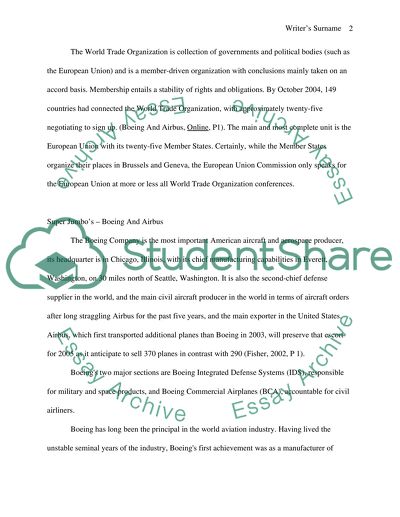Cite this document
(“What Impact Did The Boeing - Airbus Dispute Have On The European Union Essay”, n.d.)
Retrieved from https://studentshare.org/politics/1503070-what-impact-did-the-boeing-airbus-dispute-have-on-the-european-union
Retrieved from https://studentshare.org/politics/1503070-what-impact-did-the-boeing-airbus-dispute-have-on-the-european-union
(What Impact Did The Boeing - Airbus Dispute Have On The European Union Essay)
https://studentshare.org/politics/1503070-what-impact-did-the-boeing-airbus-dispute-have-on-the-european-union.
https://studentshare.org/politics/1503070-what-impact-did-the-boeing-airbus-dispute-have-on-the-european-union.
“What Impact Did The Boeing - Airbus Dispute Have On The European Union Essay”, n.d. https://studentshare.org/politics/1503070-what-impact-did-the-boeing-airbus-dispute-have-on-the-european-union.


